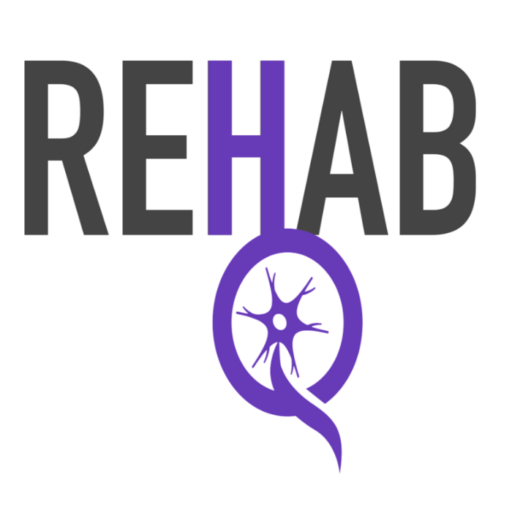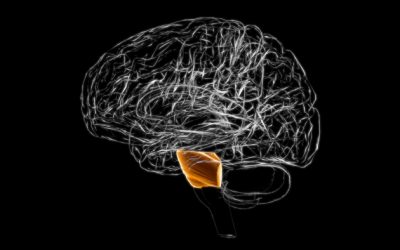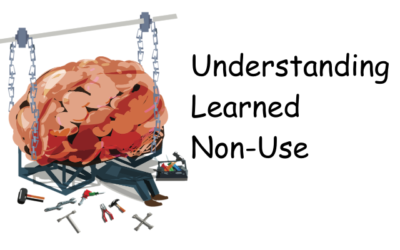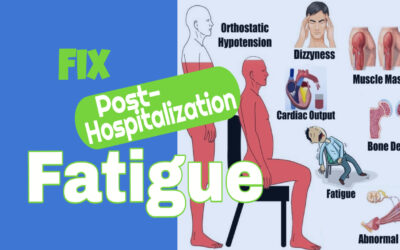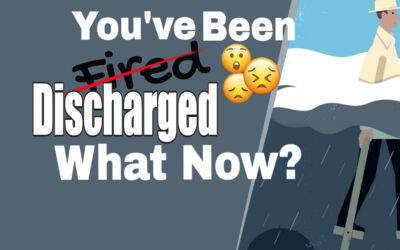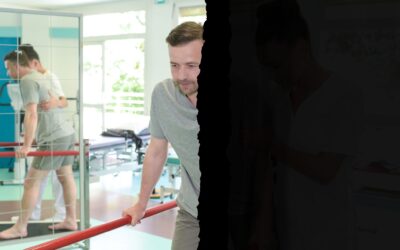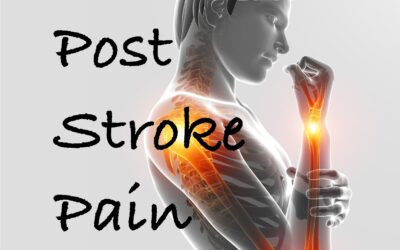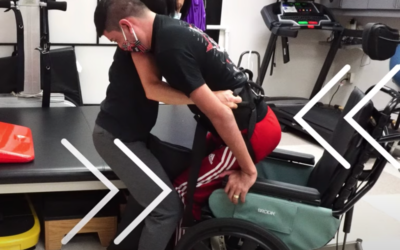About Stroke
Background
A stroke occurs every 40 seconds in the US and is the leading cause of disability. A stroke is when critical blood flow to the brain is interrupted due to damage to the blood vessel (the garden hose that carries the blood to the brain).
What are the two types of stroke?
This can happen in two ways. Either the blood vessel (garden hose) has a blockage (clot) or the blood vessel (garden hose) ruptures.
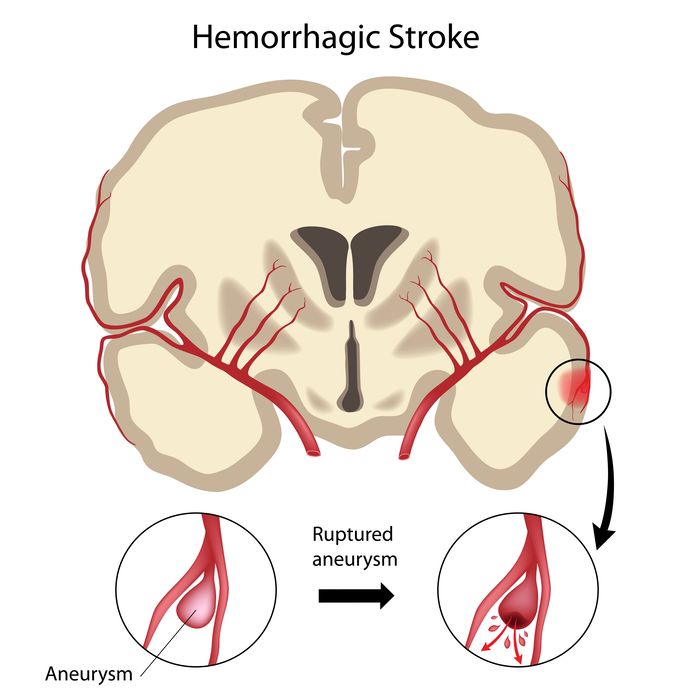
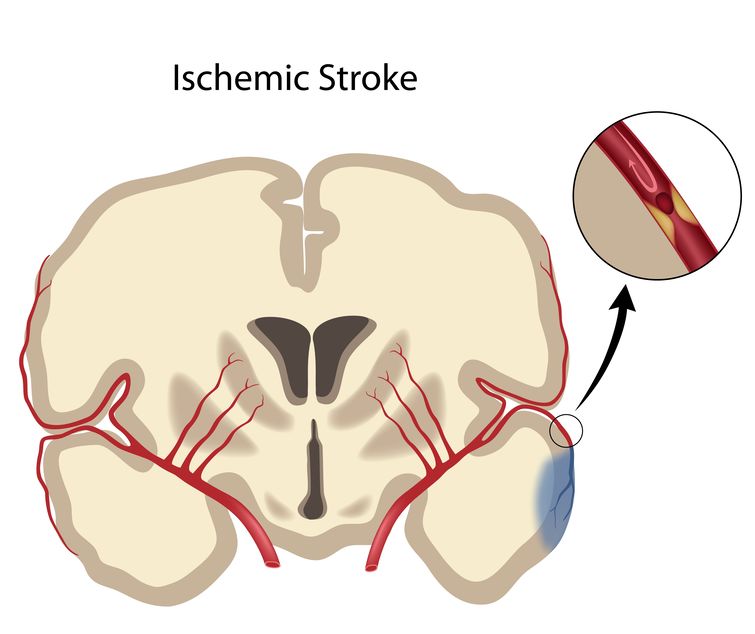
The brain is an amazingly complex and critical organ that controls all of the functions in the body. Blood flow is what keeps the nerves in the brain alive and functioning properly. In other words, blood is the brain’s “food supply”. When blood flow to the brain is stopped (as is the case with a stroke), that “food supply” is cut off. Blood also carries oxygen and therefore the brain becomes deprived of oxygen. This is called hypoxia.
What is excitotoxicity after a stroke?
When cells in the brain become hypoxic, it creates a reaction called excitotoxicity. Excitotoxicity is a process where an overabundance of a neurotransmitter called glutamate leaks out of the neurons. Excessive glutamate leads to excessive calcium infiltrating the cells damaging structures on the inside of the cell. This is very similar to an oil spill. Oil is safe when used in small doses, however, an oil spill causes excessive amounts of oil to flood our oceans. It is this overabundance of oil that ultimately kills wildlife. Glutamate is very similar. It is a necessary neurotransmitter however, too much of it in the brain starts to destroy healthy nerves.
What happens in the first three days after a stroke?
Once you arrive at the hospital, the medical team has to main goals. Remove the clot (if a clot is present) and protect nerves in the brain from further damage.
What are the effects of stroke?
Each area of the brain is responsible for a specific function. Depending on where the stroke occurs
The brain is divided into three main areas
- the cerebrum
- the cerebellum
- the brain stem
Depending on which areas of the brain is damaged by the stroke, will effect the type of disability someone might suffer.
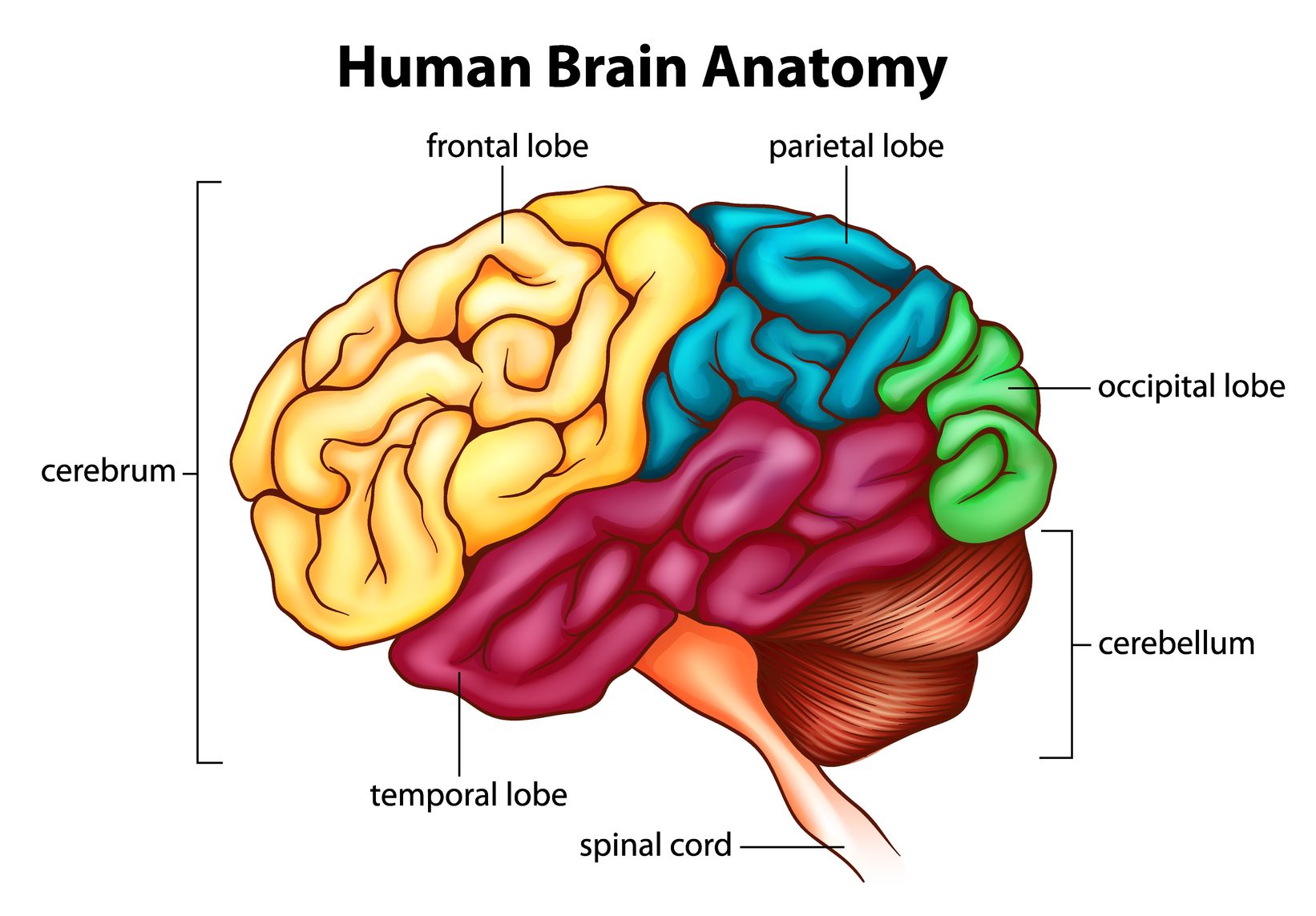
What are the effect of a stroke in the cerebrum?
The cerebrum is located in the front area of the skull and is divided into two hemispheres. The cerebrum control movement, speech, thinking, reasoning, memory, and emotions.
Damage to the cerebrum may result in one or several of the following impairments:
- Movement problems
- Impaired sensation
- Speech and language problems
- Difficulty swallowing
- Cognitive problems (thinking, planning, memory, and reasoning abilities)
- Poor body awareness and proprioception (knowing where the body is in space)
- Bowel and bladder incontinence
- Problems with emotional control
What are the effects of a right side versus a left side stroke in the cerebrum?
As mentioned earlier the cerebrum is divided into a right and left hemisphere. Here are the most common impairments depending on whether a stroke occurs in the right cerebral hemisphere or the left cerebral hemisphere.
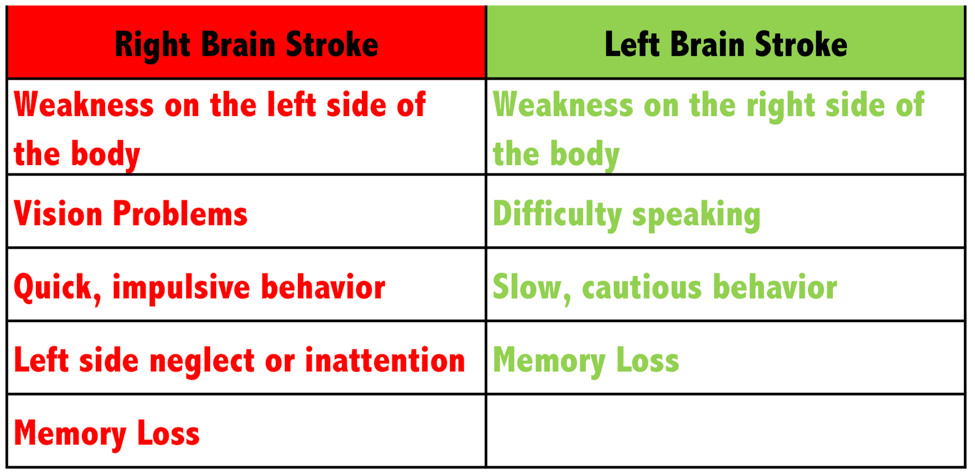
What are the problems associated with a stroke in the cerebellum?
The cerebellum sits in the back of the brain and its job is to coordinate and modulate (fine-tune) movement. It also plays a critical roll in balance. A stroke in this area of the brain is the least common type of stroke. Damage to this part of the brain can cause several impairments:
- dizziness
- headache
- nausea
- vomitting
- double vision
- tremors
- vertigo
- poor coordination
- difficulty swallowing
- difficulty speaking
- uncontrollable eye movement.
What problems can occur with a stroke in the brainstem?
The brainstem is located at the base of the brain and is responsible for vital functions such as breathing and heartbeat. Needless to say, we are dependent on brain stem function for survival. Common problems seen with a brainstem stroke include the following:
- breathing and heart function
- difficulty chewing and swallowing
- temperature regulation
- balance and coordination
- weakness
How long does it take for the brain to heal after a stroke?
Many factors determine how much a person will recover and how long the recovery will take. These factors include a person’s age, co-morbidities at the time of the stroke (other health conditions), initial severity of the stroke impairments, age, type of stroke, and the location and size of the damaged area in the brain. Generally speaking, the majority of motor function gains occur in the first three months. Recovery of visuospatial neglect and orientation follow 5-6 months after stroke, and gains in cognition, memory, and language function may extend months to years after the stroke.
More Articles You May be Interested in:
Pontine Stroke: Everything you need to know
https://youtu.be/bynfAyJNM_8 A Pontine Stroke is commonly referred to as a pontine CVA or pontine cerebrovascular accident. It is an ischemic stroke that affects a region in the brain stem known as the pons. Not sure why this is important? The pons communicates...
Understanding Learned Non-Use
https://youtu.be/iLo0j4aC44I Do you feel like you have plateaued? What I mean is, has your arm and leg movement recovery slowed to a crawl? Or maybe progress has stopped altogether? The common belief is that someone loses the ability to move because that part...
Post Hospitalization Fatigue: What causes it and how to do fix it?
Do you ever feel so tired, you don't even want to get out of bed? If so, you wouldn't be alone. There is a really good reason for this. Fatigue is an extremely common problem after a hospitalization. And sometimes, it has nothing to do with the reason you were...
Discharged from therapy. What now?
So, you have been discharged from therapy. So, what now? For some, this is a positive step in the rehab process. Some will understand right away that this is progress. On the other hand, for others it can bring up all kinds of negative emotions. "Is my therapist mad...
Hemineglect after a stroke: When half the world is missing
hemineglect is a condition where someone loses the ability to attend to, sense, and/or perceive information on one side. This condition is also referred to as unilateral neglect, spatial neglect, and/or hemispatial neglect. Several neurologic condition can cause this...
Post Stroke Pain: Diagnosis and Treatment
Pain is a common symptom after a stroke. Unfortunately, pain can be a significant barrier to regaining function. In some cases, there is an identifiable cause related to a movement or a structural problem. The rehab team can identify this, prescribe the...
Tips for effective physical therapy at home after a stroke
An effective physical therapy program at home after a stroke is the most critical component for a successful recovery. I dare say MORE important than face to face time with your therapists. As someone who earns a living by treating patients (in person), this is a...
Caregiver Training: Helping someone stand
Standing is one of the most critical skills to relearn after any type of neurologic injury. Standing helps with digestion, bone health, and joint health. It can also reduce spasticity, and facilitate motor recovery. The caregiver role is almost more important than...
Walking After Stroke (Early Stage)
Walking after a stroke is important to a ton of stroke survivors. A stroke causes hemiplegia (weakness on one side of the body which can make standing and walking difficult. With this in mind, I get a ton of questions from stroke survivors and their...
Brunnstrom Stages of Motor Recovery
The Brunnstrom stages of stroke recovery is one proposed model of how someone with hemiplegia will recover movement. It was developed by a physical therapist in the 1960s and proposes that this sequence of recovery falls into six loosely defined stages. The main...
